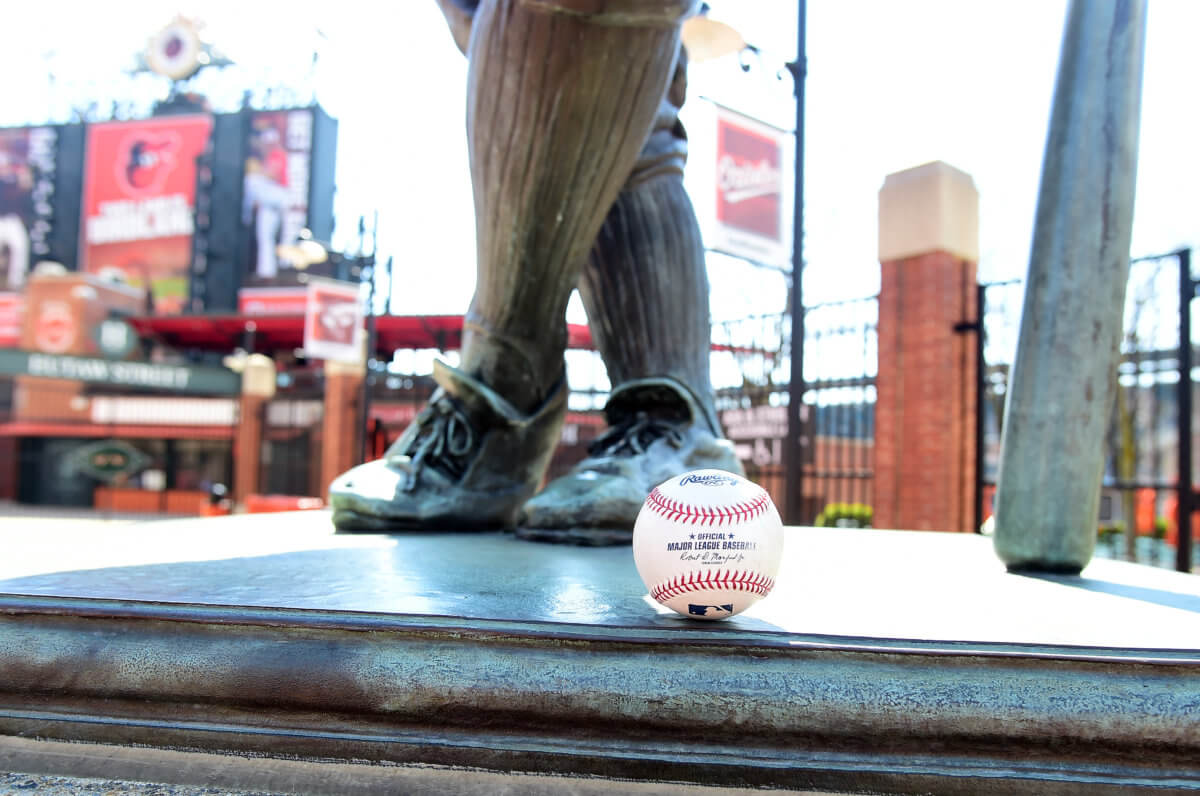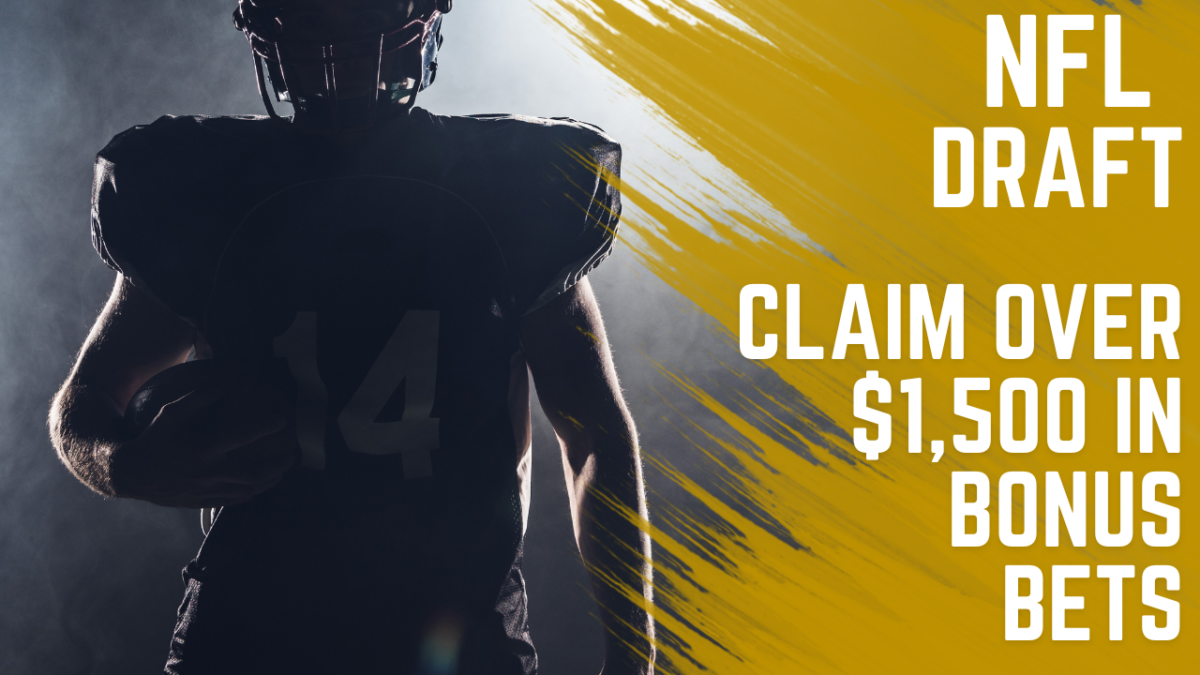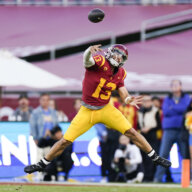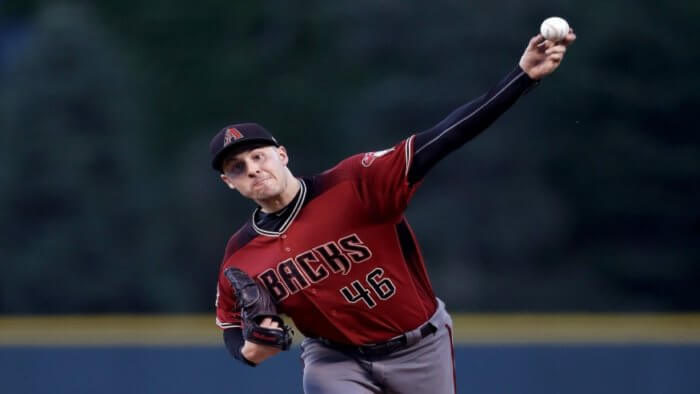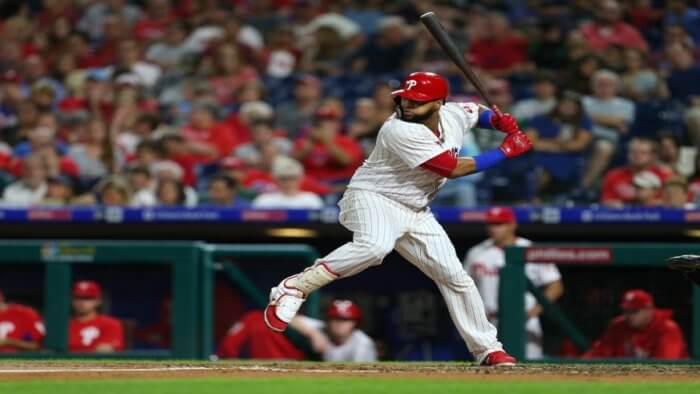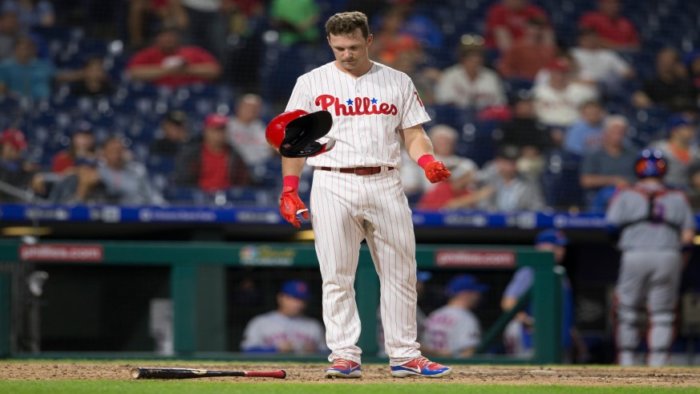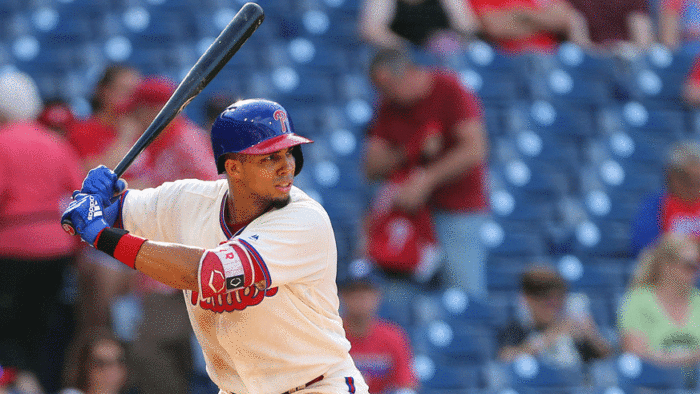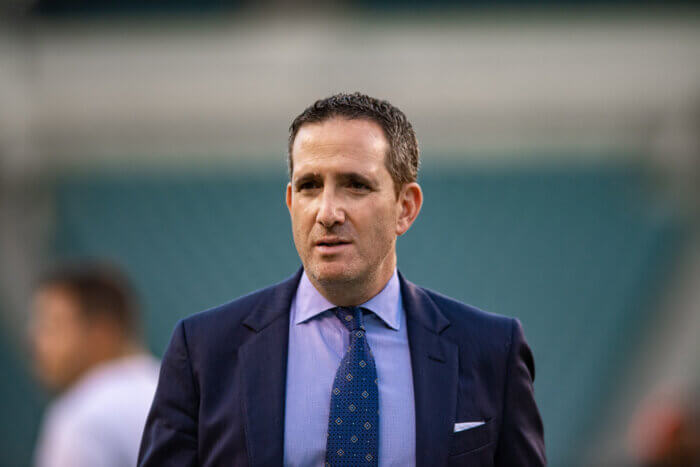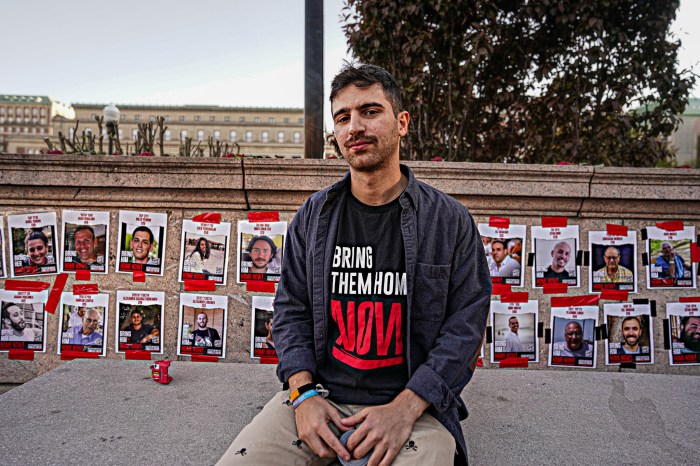Editor’s note: This story first appeared on AMNY.com
A safe, healthy version of Major League Baseball won’t feature a lot of its adopted, inconsequential traditions.
Major League Baseball sent its proposal to the player’s union, detailing the safety parameters taken if play began in early July — the hopeful return date of America’s pastime — as the country continues to fight the novel coronavirus.
The 67-page report, first obtained by The Athletic dissected almost every possible interaction and scenario players could face during games.
While they are too numerous to list here, the health and safety rules include:
- No spitting, sunflower seeds or smokeless tobacco products
- No high-fives or fist-bumps
- New baseballs any time a ball is put in play or touched by multiple players
- No exchanging of lineup cards before games
- Players wearing masks in the dugout while seated six feet apart. If needed, players or staff could be placed in the stands to create proper social distancing
- Players must wash/sanitize hands after each half inning
- No showering at club facilities
When it comes to travel, visiting teams will be encouraged to fly into smaller airports, avoid ride-sharing services, and isolate at their hotels.
The proposal also calls for mass testing, up to 10,000 being administered per week — though that number could change after the league consults with medical officials, the union and the teams.
It’s an ambitious number that would be sent to the majors. According to the Centers for Disease Control and Prevention, 10,217,573 reported tests have been administered in the United States since early February. That would put the weekly average of tests at approximately 730,000 per week.
All players will be required to undergo an “intake screening” when reporting for MLB’s proposed mid-June spring training. The screening will include a temperature check and test of body fluid and blood samples.
Those players would then self-quarantine until the test results come in — within a day or two. A positive test would force the player to self-quarantine or find suitable treatments and can return when two subsequent tests come back negative.
Players and staff not showing symptoms will have their temperature checked at least twice per day and will undergo testing multiple times per week, a plan that will extend into the regular season.



